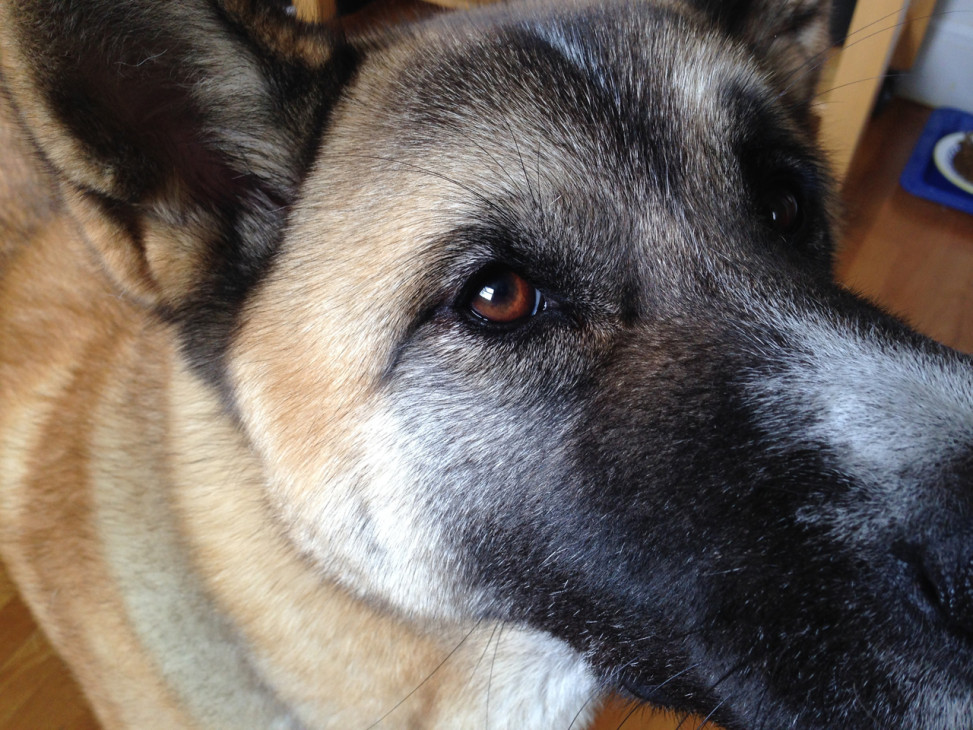The Great Dane is the only breed with the fur pattern “Harlequin”, with splotches of black on white.
Human hair follicles grow one hair each while those of dogs sometimes grow several hairs.
Hair and fur is the same thing.
Most dogs have three types of fur: an undercoat, a topcoat, and whiskers.
The undercoat grows closest to the skin, is softer and helps keep the dog warm. The topcoat, or primary coat, is coarser, thicker in diameter, and longer than the undercoat, and helps to repel water and dirt. The whiskers grow from deeply-rooted follicles on the muzzle and eyelids.
Dogs with both an outer primary coat and an inner undercoat are said to have a double coat. Dogs with mostly a primary coat with little or no undercoat are considered to have a single coat.
Double coats keep the dog warm in winter and cool in summer and should never be clipped unless the fur becomes matted.
The coats of most dogs grows to a specific length and then stops growing.
A dog’s undercoat grows in clusters from a single follicle and has a soft downy appearance.
Shedding is determined not only by environmental temperature but by the duration of daily sunlight. Dogs shed their undercoat when the days get longer and warmer. As days grow shorter and temperatures cooler, the light summer undercoat is shed to make room for the thick winter undercoat. A dog’s winter coat traps air warmed by the dog’s body and holds the heat close to the skin.
A dog’s muscles in their skin can fluff up their undercoat to create more insulation.
The same coat color may be referred to differently in different breeds.
“Tuxedo” refers to a pattern of a solid colored dog with a white patch on the chest and chin.
“Saddle” or “Blanket” refers to a different color over the center of the back.
Hypoallergenic dogs shed very little but are not completely nonallergenic. Most people are allergic to the dog’s saliva or dander, not the fur.
